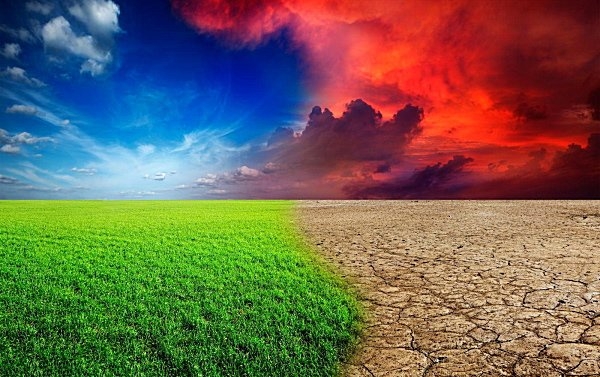Improved weather conditions in South America reduce speculative pressure on agricultural markets

Traders are closely monitoring weather conditions in South America, where excessive rains continue in Brazil and a deficit in Argentina. Meanwhile, a new wave of frosts is expected in the US and Ukraine, which could affect winter crops that do not have snow cover.
Rainfall in central Brazil eased over the week, allowing soybean harvests to resume and safrinha corn planting to accelerate. However, the intensity of rain is expected to increase in the key soybean-growing region of Mato Grosso next week, putting further pressure on prices.
A front brought heavy rainfall to arid regions of Argentina this week, which will improve crop conditions and prevent future harvest potential from being reduced. Next week, another front will bring more rainfall, which will reduce the heat and improve moisture reserves.
The Buenos Aires Grain Exchange (BAGE) confirmed on February 5 that heavy rainfall in key agricultural regions of Argentina has significantly improved soil moisture levels for spring crop plantings.
Winter wheat growing regions in the United States have seen rain and warming this week, but cold weather is lingering in the northern Great Plains, which will spread southward next week, bringing lower temperatures and more snowfall to the Midwest and the Central and Southern Plains. In the Northern Plains, frosts could damage winter wheat crops that are not covered in snow, which has already led to speculative increases in U.S. wheat prices.
Heavy rains have raised the water level in the Mississippi River, a key transportation artery for grain exports. The rainfall will continue for several more weeks, so in some areas the water level may reach critical levels.
Dry and frosty weather persists in Ukraine, with temperatures of -5...-8°C at night and about 0...+1°C during the day, which reduces moisture reserves in the upper soil layer and negatively affects winter crops, which, against the background of abnormal heat, have begun to resume vegetation.
Experts from the National Academy of Agrarian Sciences of Ukraine note that during the first two months of the calendar winter there were no significant reasons for damage or death of crops. December and January were characterized by relatively stable temperatures that were higher than the average annual norm.
"During this period, 41 days with an average daily temperature above 0°C were recorded. Similar phenomena are observed annually, especially in the southern regions. As experience shows, a gradual decrease in temperatures before severe frosts does not cause significant damage to crops, especially in the presence of snow cover," the review says.
Given the current state of winter crops and weather forecasts, scientists do not expect significant threats to crops in the final stages of the winter period.
In the south-west of the Russian Federation, key regions for growing winter wheat are also experiencing a shortage of precipitation. However, thanks to the warm and rainy weather in December and January, the condition of the crops has improved. The absence of severe frosts will help to avoid significant crop losses.
Most of Europe is expected to remain relatively dry. However, rain is expected in the west of the continent from Friday, which will have a positive impact on crops in Spain, Italy and northern Africa. At the same time, France will remain too wet and eastern regions of Europe will remain too dry, which could negatively affect the condition of agricultural crops.


